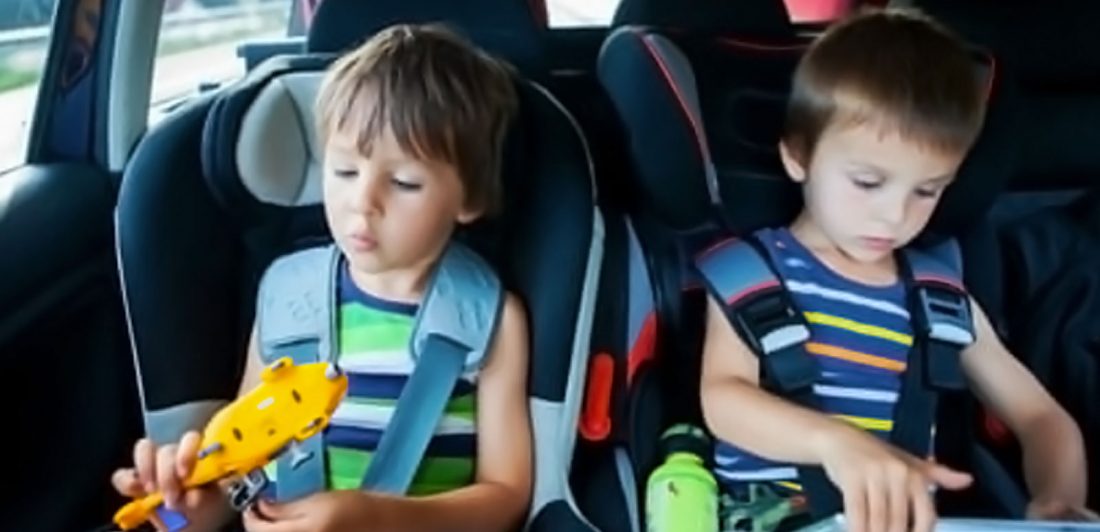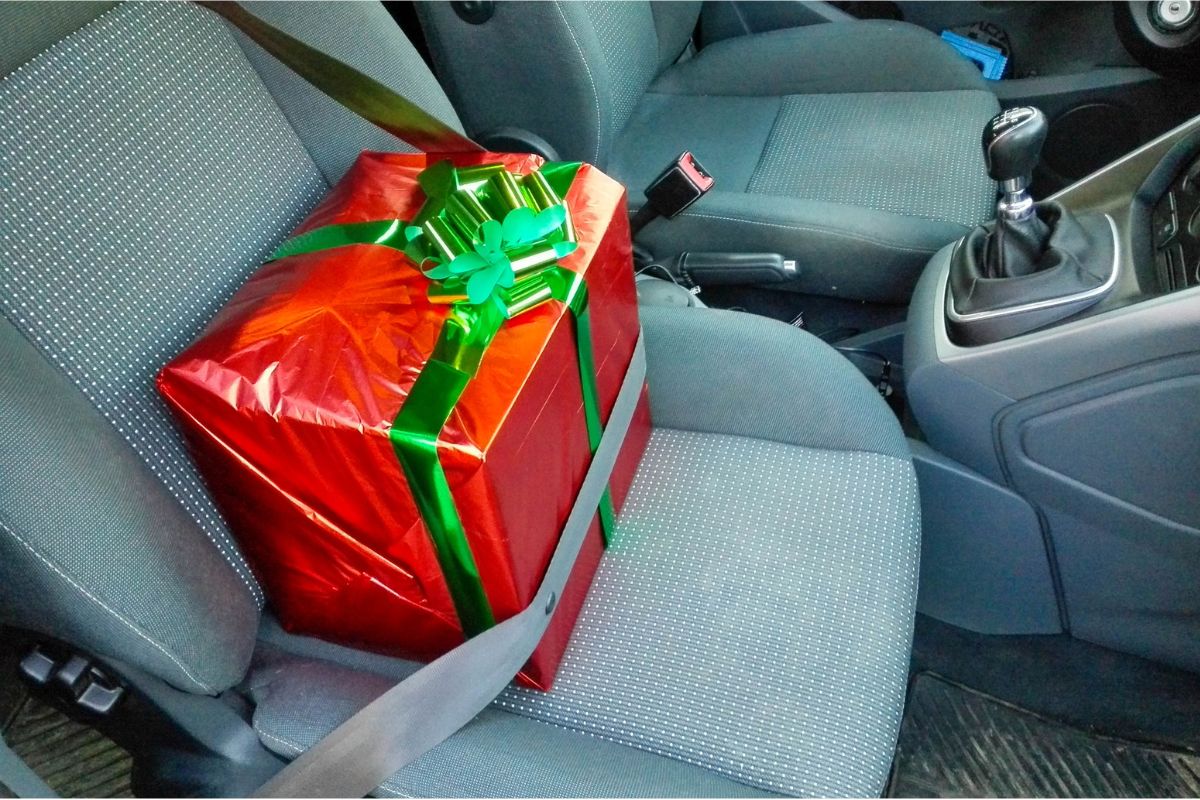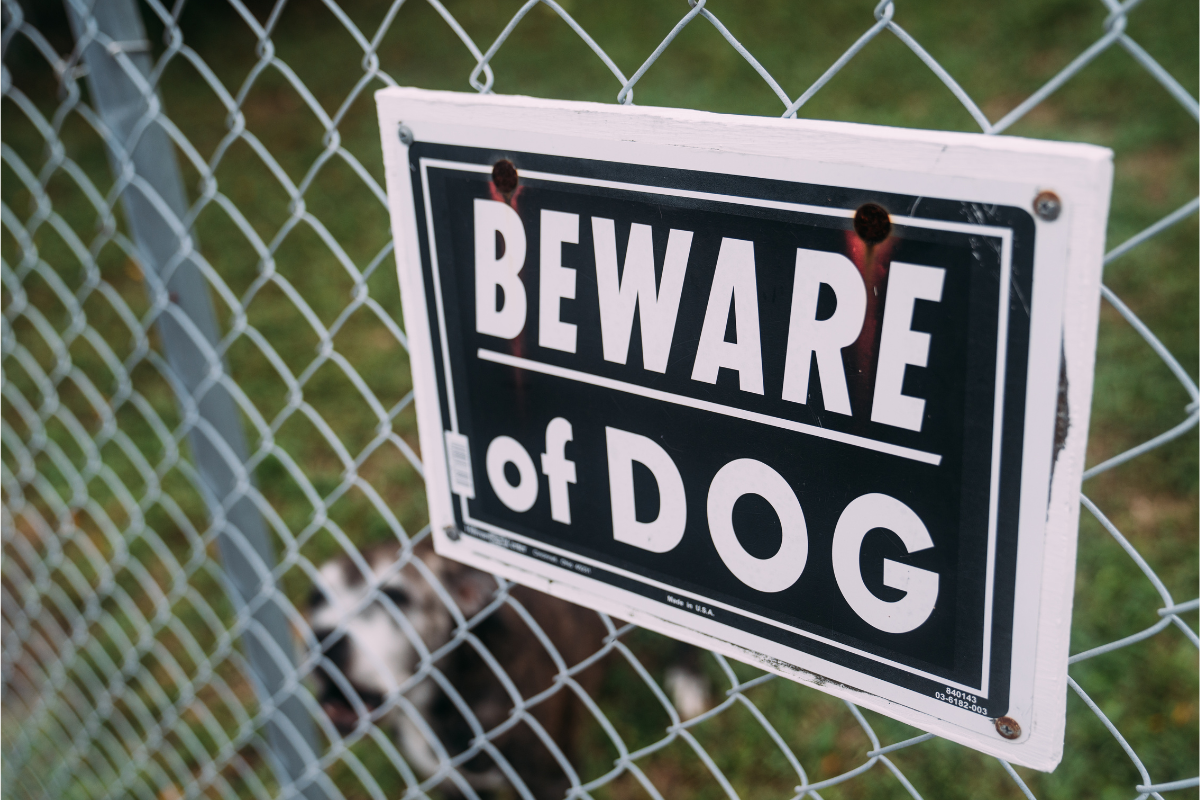Your children are the most precious cargo that you transport in your car. By that standard, the question of when a child should use a booster seat is worth far more than a quick Google search. The safety of your children is so important that the American Academy of Pediatrics (AAP) issues new safety recommendations whenever new evidence is found to reduce injury in children.
Are state laws updated to AAP safety recommendations?
The last time the AAP updated their recommendations was in the fall of 2018. The organization currently advises parents to use belt-positioning booster seats when their children outgrow forward-facing car safety seats. Car crashes are the leading cause of death among children, so caretakers should take the safety recommendations seriously. However, state laws are still lagging behind on new recommendations for child car safety. This lag can have serious consequences for families of young children.
Often, states have oversimplified laws that do not take a child’s weight or height into consideration. For example, in Texas, the child occupant laws simply state that all children under the age of eight must be in an age-appropriate seat. Some states, like Alabama, have laws that only require children to be in a child restraint system until the age of six.
What should I know about using different types of car seats?
- Rear-facing car seats: the longer, the better. The longer you keep your children rear-facing, the safer they will be. 60% of car accidents are frontal impacts. When a child is in a rear-facing seat, the force of the crash is more equally-diffused along the shell of the car seat, which helps the neck and spine stay in line. Children in rear-facing seats are five times safer than their front-facing counterparts.
- Read the instruction manual. Follow the height and weight requirements specified on your child’s car seat. Generally, infant seats with five-point harnesses have a height limit of 19”-32” and weight limits of 22-30 pounds.
- One inch rule. It is impossible to give a specific height limit on car seats because children’s bodies differ in growth. To know if your child has reached the maximum height of their car seat, remember that there should be at least one inch between the top of a child’s head and the top of the car seat.
- Do your research. There have been many advances in car seat technology. Not all car seats are created equal, and not all car seats will be right for your child. Rather than selecting a car seat at random, conduct some searches about the different types of car seats to find the best option for you and your child.
- Register your product with the manufacturer. Since 1998, more than 10 million car seats have been recalled. The best way to stay aware of your car seat’s recall status is to register your product with the manufacturer.
What are the different kind of car seats?
The benefit of rear-facing is a big one: it saves lives. But there will come a day when your child maxes out of their car seat in both height and weight. When that day comes, there are different styles of booster seat options to choose from.
- Five-point harness booster seat: The National Highway Traffic Safety Administration recommends using a five-point harness until your child outgrows it.
- Highback: a highback booster seat does a better job at guiding a car’s seat restraint system properly across a child’s body. This is also a good choice for children who like to sleep in the car and tend to slouch or slump out of the proper position.
- Backless: Your children can safely use a backless booster seat when they have reached the maturity to do so. Generally, your child will be ready when they're longer a wiggler and can keep the proper posture during long car rides. To ensure maximum safety, be sure that your child has a head restraint behind their head.
Transitioning out of a booster seat too early
As children age, parents often become more relaxed about booster seat use. Parents may neglect booster seats in situations like riding in a different car or carpooling with family or friends. It also may be difficult to stand firm in the midst of a child’s complaining about being in a “baby seat” when all of their friends are using seat belts.
These are all factors that can lead to parents transitioning their children out of booster seats before they’re ready. It doesn't help that the law gets more generalized once a child reaches eight years old. At age 8, children in Texas are only required to use the adult-sized safety belt in any vehicle—no matter how tall they are or how much they weigh.
When can my child stop using a booster seat?
A 2014 survey by Safe Kids Worldwide, a global organization of groups working to prevent accidental childhood injuries, found that 71% of parents did not know the height and weight a child needed to be before moving their child out of a booster seat. The test for when a child should use a booster seat is actually quite simple:
If your child has hit the maximum height and weight requirement of their car seat but is not yet 4’9 and 80 pounds, then your child should still be using a booster seat.
Children need to stay in booster seats until a seat belt falls in the right spots. Seat belts are made for adults and will not always fit a child properly. In addition to the height and weight requirements, there are some visual cues you can take to see if your child is ready to sit in the car without a booster seat.
- Your child’s knees should bend at the edge of the seat when he or she is sitting all the way back against the vehicle seat.
- The shoulder belt should fit comfortably across the middle of the chest and shoulder.
- The lap belt should fit low and snug on the hips and upper thighs, not across the belly.
- Your child can maintain this position for a long period of time.
Parenting is tough, and parents constantly hear new information that may lead them to second-guess the decisions they make. People have known for a long time that seat belts save lives. However, moving your child from car seat to booster seat and from booster seat to seat belt can be confusing when there is so much competing information available.
How The Carlson Law Firm Can Help
Many of us at The Carlson Law Firm are parents. As such, we want to keep our clients informed on the latest updates in safety for their children. Children who have been in car accidents can suffer from traumatic brain injuries from the force of a car wreck from another’s negligence or from a faulty car seat or booster seat equipment. If you or a loved one has been injured from either of these situations, contact a personal injury lawyer today for a free consultation.




